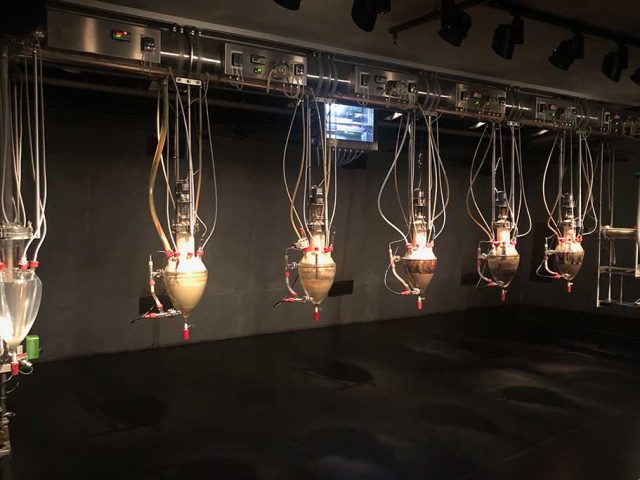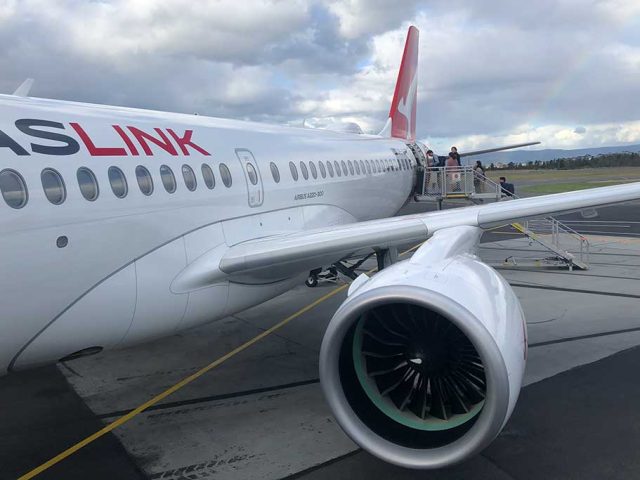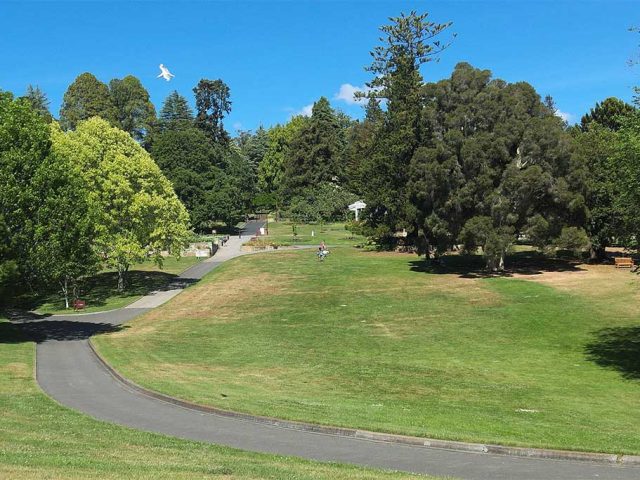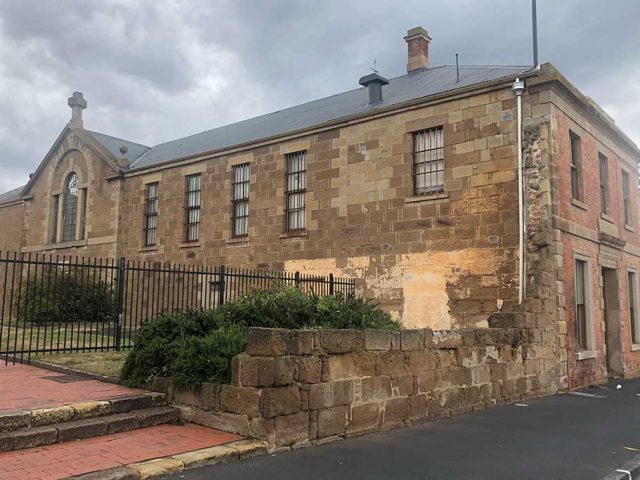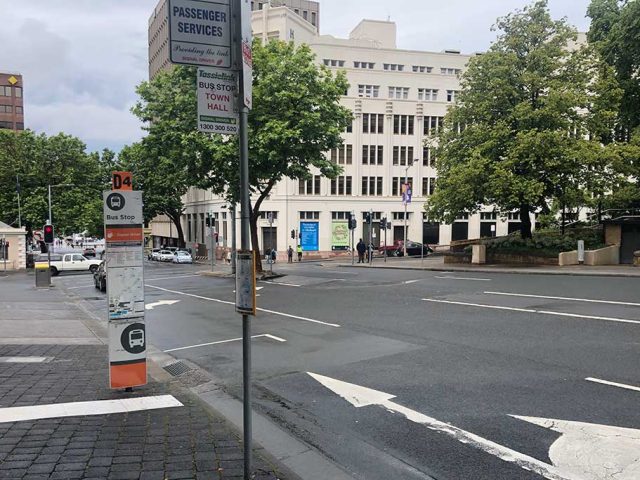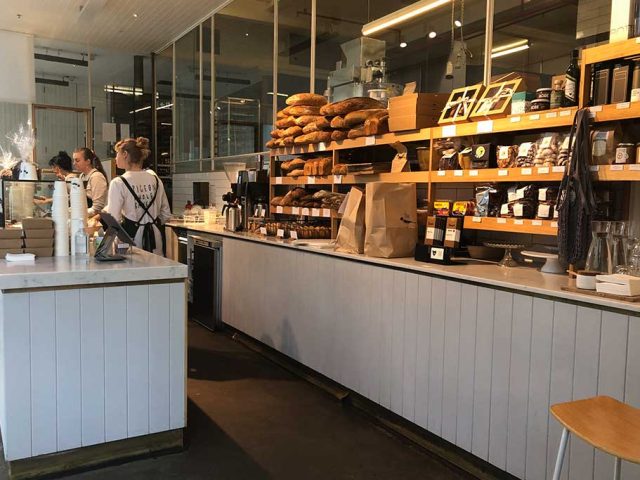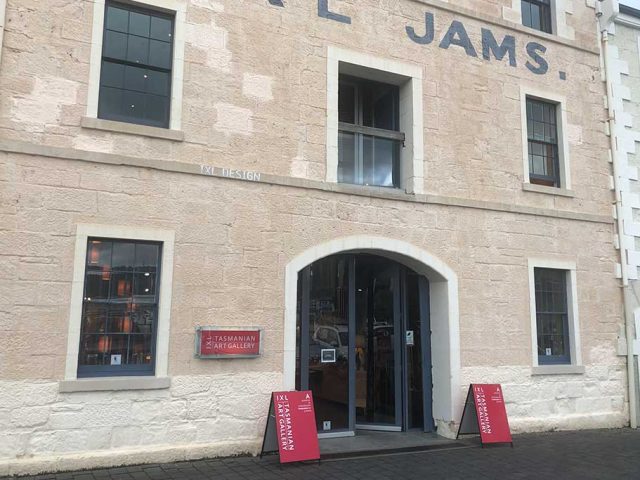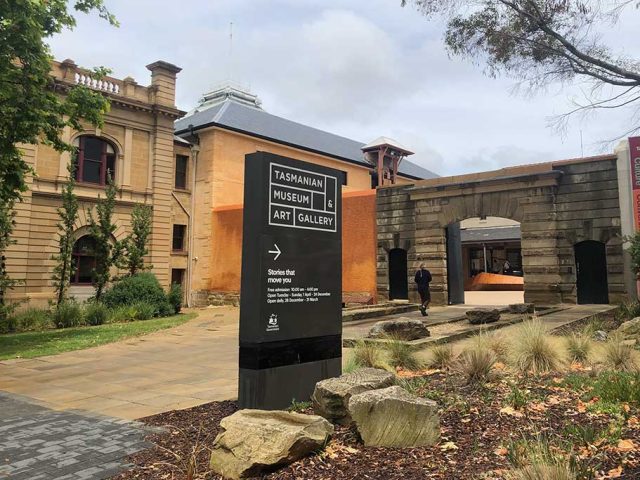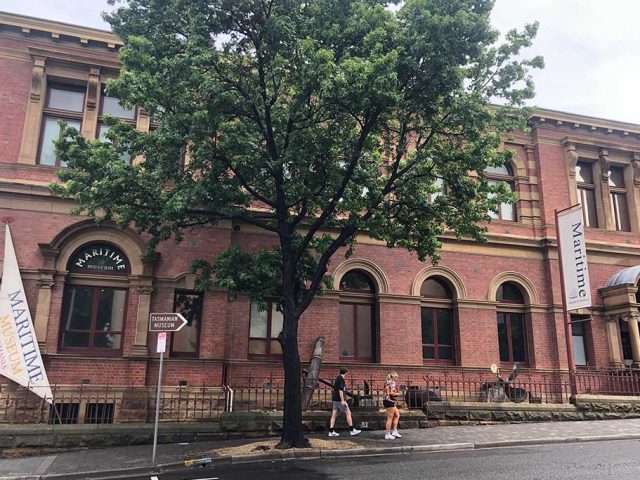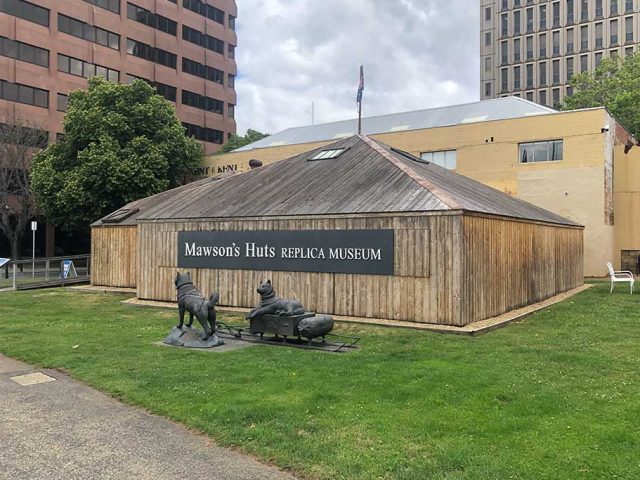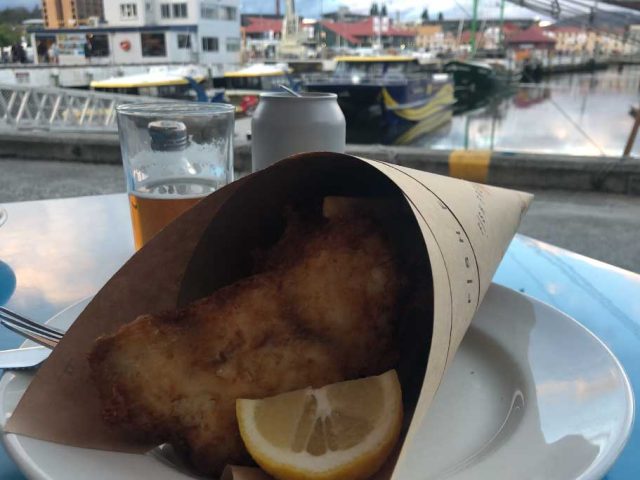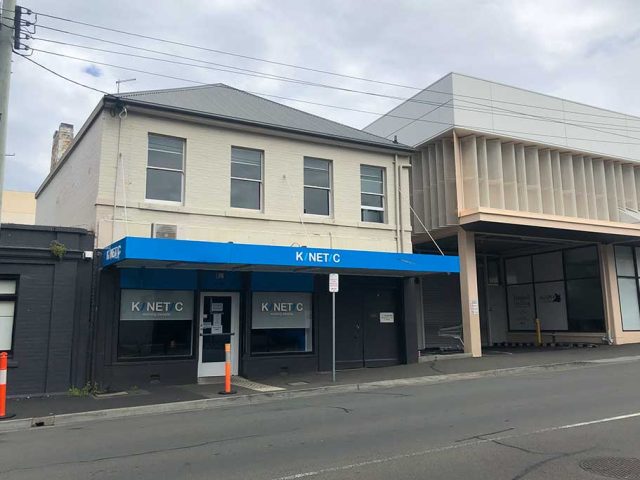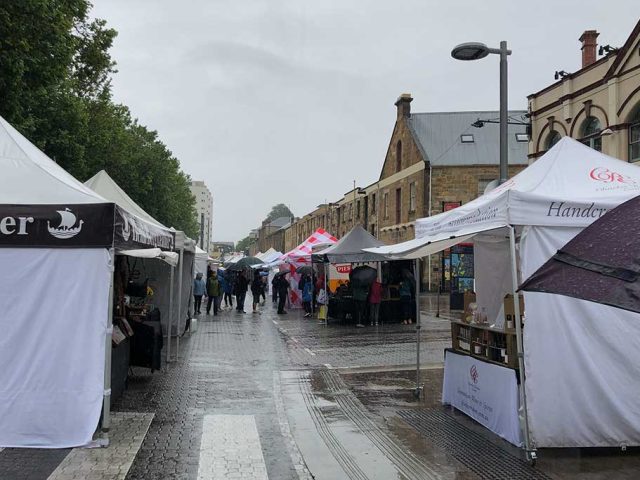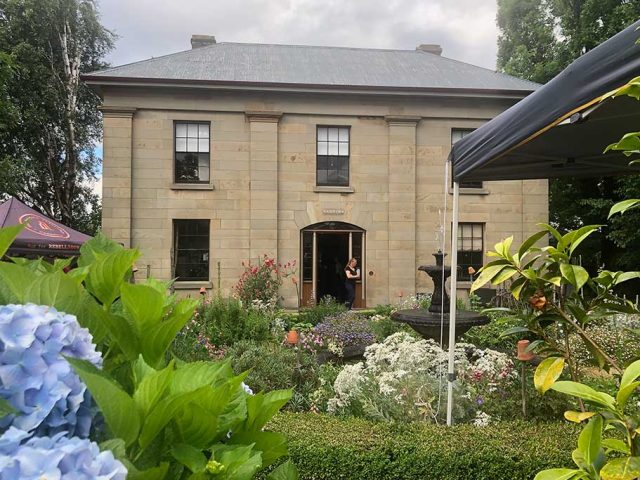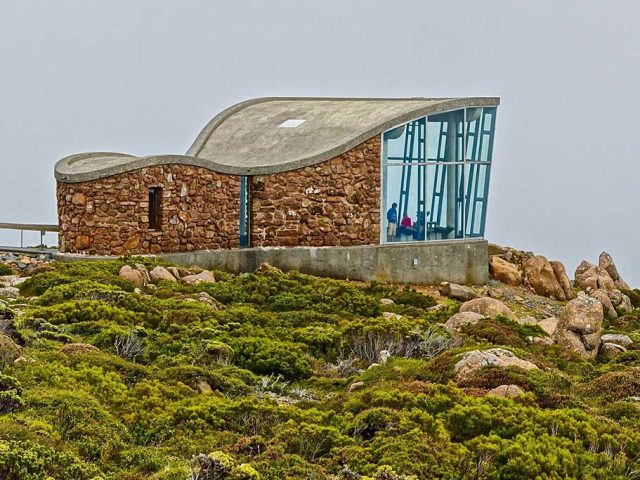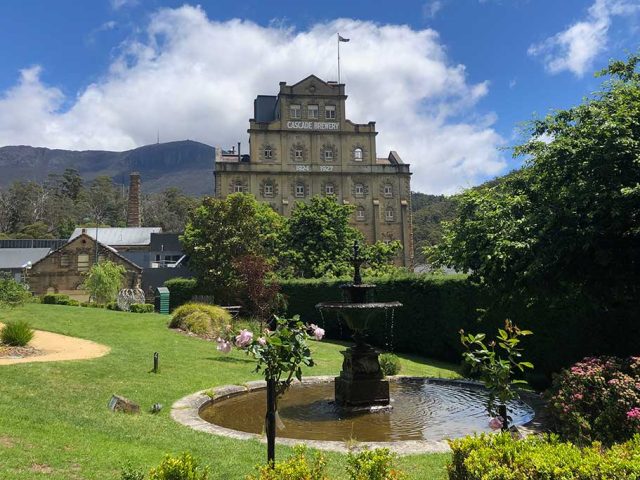Queen Victoria Museum at Inveresk
Australia’s largest regional museum
The Queen Victoria Museum at Inveresk, just north of the city centre, offers visitors a glimpse into the island’s history, art and science. Situated in a repurposed railway workshop, it is part of Australia’s largest regional museum complex, which complements the Royal Park site.
The Inveresk site has a rich history tied to Launceston’s industrial past. It was originally a railway workshop, operating from the late 19th century. In 2001, the Queen Victoria Museum & Art Gallery expanded to include this site, transforming it into a space dedicated to science, technology and industrial heritage.
The Inveresk location focuses on science, industry and Tasmania’s natural environment while the Royal Park location is focused mainly on art.
What to see at Queen Victoria Museum at Inveresk
The Inveresk site offers diverse exhibits, combining science, history and industry with hands-on experiences and displays.
The museum’s highlights include the STEAM Gallery, displays about Tasmanian ceramics and railways, natural history displays including an exhibit about the Tasmanian tiger, a planetarium and a display about astronomy.
The STEAM Gallery explores the intersections of science, technology, engineering, art and mathematics. It includes interactive exhibits, showcasing innovation and encouraging curiosity.
The Northern Clay exhibit examines the history of ceramics in northern Tasmania. It features pieces made by local artisans, from functional pottery to decorative works.
Tasmanian Connections is a natural history display that explores Tasmania’s diverse flora and fauna. Visitors can learn about the island’s ecosystems, from its forests to its coastal regions. There is also a display about the thylacine, or Tasmanian tiger, which includes preserved specimens, photographs and research exploring the species’ extinction.
Reflecting the site’s history as a railway workshop, the railway exhibit features locomotives, tools and artefacts from Tasmania’s railway history.
The Blacksmith Shop is a preserved workshop that offers insights into traditional blacksmithing techniques. It highlights the role of metalworking in Launceston’s industrial past.
The museum includes a planetarium that provides immersive shows about astronomy and space science. It is complemented by the Southern Skies exhibit, which focuses on the constellations visible from the southern hemisphere.
Temporary exhibitions
In addition to its permanent collection, the museum also hosts a programme of temporary exhibitions. Current and planned exhibitions include:
Alexander 100
This exhibition (until 11 January 2026) marks one hundred years since the founding of the Alexander Patent Racket Company in 1925. The Tasmanian manufacturer became known internationally for its tennis racquets and other sporting goods. The display examines the company’s innovation, design and marketing strategies. It also considers the people involved, the role of the local community and the company’s wider impact on Australian sport and manufacturing.
Bugs
This exhibition (opening 29 November 2025) looks at the many roles insects and other invertebrates play in ecosystems. They pollinate plants, recycle waste and support food chains. Visitors can see a wide range of species including beetles, butterflies, millipedes and spiders. Scientists suggest more species remain undiscovered than are currently identified. Interactive displays, games and activities introduce bug behaviour and highlight their ecological importance.
Anatomy Lessons
This exhibition (20 December 2025–7 June 2026) presents hand-knitted, life-sized skeletons by artist Michele Beevors. Works include a 4.4-metre giraffe and an installation of fifty frogs. Each skeleton is constructed from steel, wire and foam before being covered in knitting. The project developed over seventeen years, informed by studies of bones in museum collections. Beevors’ work reflects on human impact on animals and invites consideration of how such relationships are sustained.
RISE 2025
This exhibition (14 February 2026–17 May 2026) presents work by ten emerging Tasmanian artists. It includes a variety of mediums and approaches to contemporary practice. RISE highlights the contribution of new voices within the state’s visual arts community. The project reflects QVMAG’s continuing role in supporting artists at different stages of their careers.
Visiting Queen Victoria Museum at Inveresk
The Inveresk site is in Inveresk on the northern bank of the North Esk River. It is around a 15-minute walk from the city centre.
The museum is open daily and admission is free of charge, although there is an extra charge for planetarium shows.
On-site facilities include a cafe and gift shop.
2 Invermay Road, Invermay TAS 7248
Bus 110, 115, 116, 117, 770, 771, 772, 775, 776, 777, Tiger (stop: Invermay Road)
Website www.qvmag.tas.gov.au
Museum admission free
Planetarium admission $8, children $6
Museum open 10am–4pm daily
Planetarium open Tue–Sun 10am–4pm

